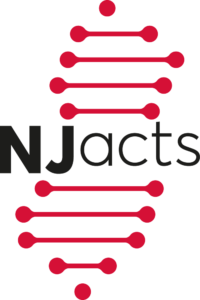 Please read Dr. Boreland’s article in the Journal of Allergy and Clinical Immunology titled, “Sustained type I interferon signaling after human immunodeficiency virus type 1 infection of human iPSC derived microglia and cerebral organoids.“
Please read Dr. Boreland’s article in the Journal of Allergy and Clinical Immunology titled, “Sustained type I interferon signaling after human immunodeficiency virus type 1 infection of human iPSC derived microglia and cerebral organoids.“
The global burden of human immunodeficiency virus-1 (HIV-1) infection remains profound, with neurocognitive complications manifesting in a significant proportion of infected individuals despite the remarkable success of combined antiretroviral therapy (cART) in reducing morbidity and mortality. Up to 55% of people living with HIV-1 experience neurological complications that may develop into HIV-associated neurocognitive disorder (HAND). This debilitating disorder manifests across a spectrum of cognitive, motor, affective, and behavioral impairments, which can severely impact the quality of life for affected individuals, emphasizing an urgent need for a better understanding of its underlying mechanisms. The etiology and neuropathogenesis of HAND remain enigmatic, as there has been no evidence of neuronal HIV-1 infection. Decades of research suggest that HAND development is caused by a combination of both direct and indirect effects involving viral proteins, inflammatory cytokines and chemokines, and dysregulated neuroimmune interactions. Interestingly, clinical symptoms of HAND correlate more closely with cytokine production, neuronal pathology, decreased synaptic density, and increased microglia than with central nervous system (CNS) viral load. Currently there is a lack of mechanistic understanding due to a need for better experimental models that can address these questions, especially regarding neuroimmune interactions. To read the full article.
Sustained type I interferon signaling after human immunodeficiency virus type 1 infection of human iPSC derived microglia and cerebral organoids. Boreland AJ, Stillitano AC, Lin HC, Abbo Y, Hart RP, Jiang P, Pang ZP, Rabson AB. 2024 Mar 28;27(5):109628. PMID: 38628961 PMCID: PMC11019286 DOI: 10.1016/j.isci.2024.109628
